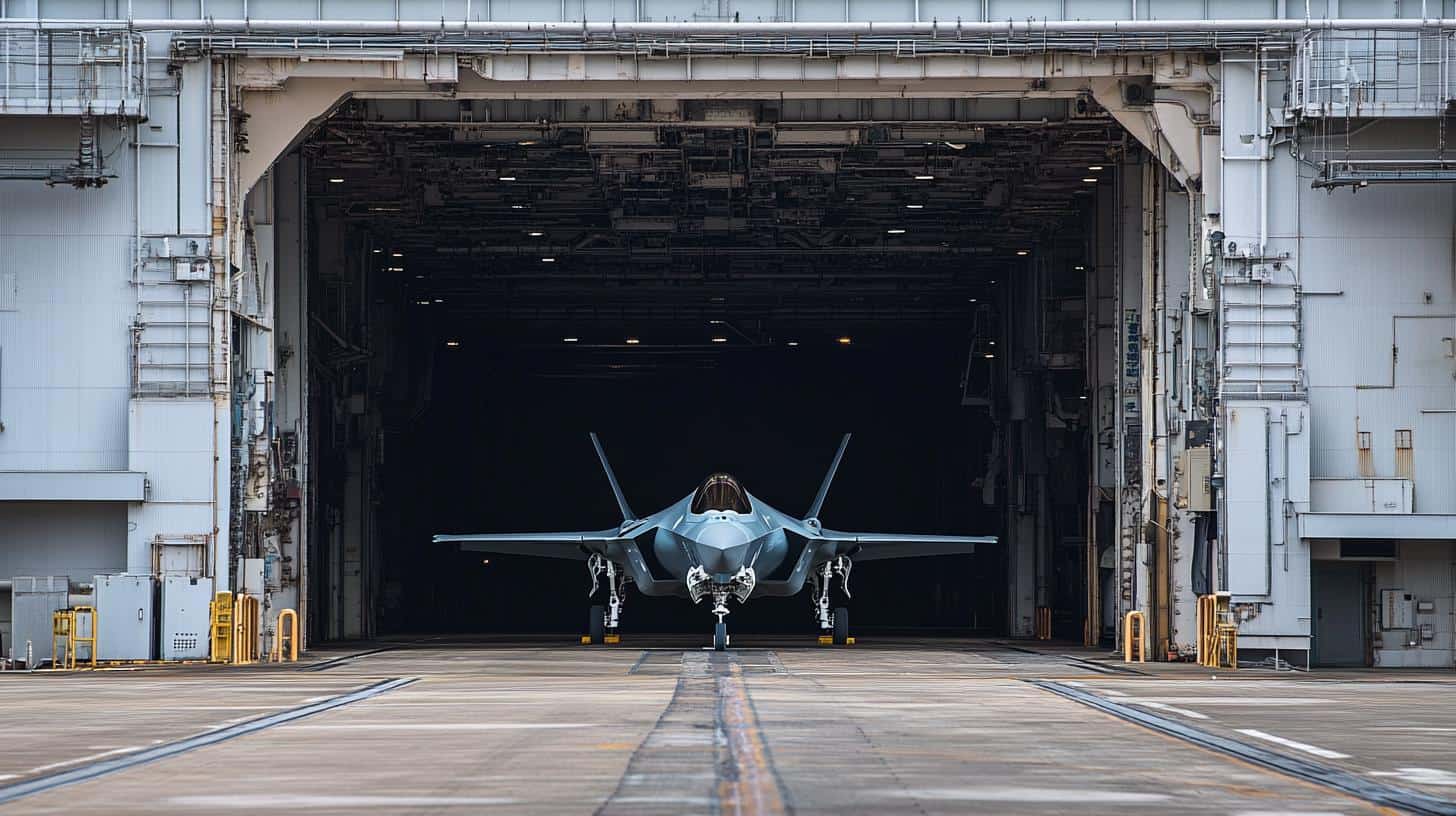In a significant development for the Japan Maritime Self-Defense Force (JMSDF), the JS Kaga, an Izumo-class destroyer, has completed vital trials for the F-35B Lightning II aircraft off the coast of California. These tests, conducted since October 19, aimed to prepare the vessel for future operations integrating these advanced aircraft.
The successful completion of these trials marks a crucial step for Japanese carrier aviation, enhancing its capabilities to support F-35B operations.
The trials featured F-35B test aircraft from the U.S., belonging to the “Salty Dogs” Air Test and Evaluation Squadron 23 (VX-23). The test team included contributors from the U.S. Navy and Marine Corps, the U.K.’s Royal Air Force and Royal Navy, as well as defense contractors like Lockheed Martin and Northrop Grumman. A Royal Navy pilot, Lt. Cmdr. Nick Baker, played a key role as one of the test pilots.
The JS Kaga’s conversion to accommodate the F-35B began in 2022, involving extensive modifications similar to its sister ship, JS Izumo. This included adjustments to the flight deck, improving its durability to withstand the aircraft’s powerful exhaust. As Izumo gears up for its second conversion phase, the outcomes from Kaga’s trials will guide further enhancements.
Japan is planning to acquire 42 F-35Bs under a foreign military sales agreement, augmenting its fleet’s capacity. These advances not only bolster Japan’s self-defense capabilities but also exemplify the deepening defense collaboration between Japan and the U.S., ensuring a free and open Indo-Pacific region.
Revolutionizing Regional Security: How Japan’s F-35B Advancements Affect Geopolitics
Japan’s recent advancements in integrating the F-35B Lightning II aircraft into its maritime operations not only mark a turning point in the Japan Maritime Self-Defense Force’s (JMSDF) capabilities but also have far-reaching implications for regional security and international defense alliances.
Beyond the Technological Leap: Impacts on Global Geopolitics
The integration of the F-35B, a sophisticated multi-role fighter jet capable of vertical landing and short take-off, offers Japan a strategic edge, particularly in its maritime domain. This enhancement aligns with Japan’s constitutional commitment to self-defense, allowing it to protect its territorial interests amid increasing regional tensions.
However, the ripple effects of these developments extend beyond just defense capabilities. Neighboring countries like China and North Korea are likely to perceive these enhancements as a significant shift in the regional power balance. This might lead to an arms race or prompt these nations to strengthen their own defensive measures, escalating existing geopolitical tensions.
Benefits and Challenges for the Community and Economy
Advantages:
– Enhanced Security: For the Japanese populace, the advancements in the JS Kaga’s capabilities provide a reassuring boost to national security, especially in response to potential threats from regional powers.
– Technological Innovation: The collaboration with global defense contractors brings innovation to Japan, potentially spurring advancements in domestic industries and contributing to economic growth.
Disadvantages:
– Economic Burden: Despite potential benefits, the acquisition and integration of high-tech military equipment are considerably expensive. This could lead to an increased financial burden on Japan’s economy, affecting public spending on other essential services.
– Controversial Escalation: The perception of remilitarization might stir historical sensitivities within Japan and elsewhere, raising questions about its commitment to post-World War II pacifism.
Critical Questions and Thought-Provoking Answers
How does this affect Japan’s alliances?
The successful deployment of the F-35B showcases an increased interoperability between Japanese and U.S. forces, solidifying their military alliance. This partnership reinforces a united front in promoting stability in the Indo-Pacific region.
Will this lead to regional destabilization?
While the aim is to enhance national security, the move could inadvertently trigger security dilemmas where neighboring countries feel compelled to amplify their own defenses, potentially destabilizing the region.
For more insights into regional security and defense advancements, visit the Reuters and BBC news websites.







